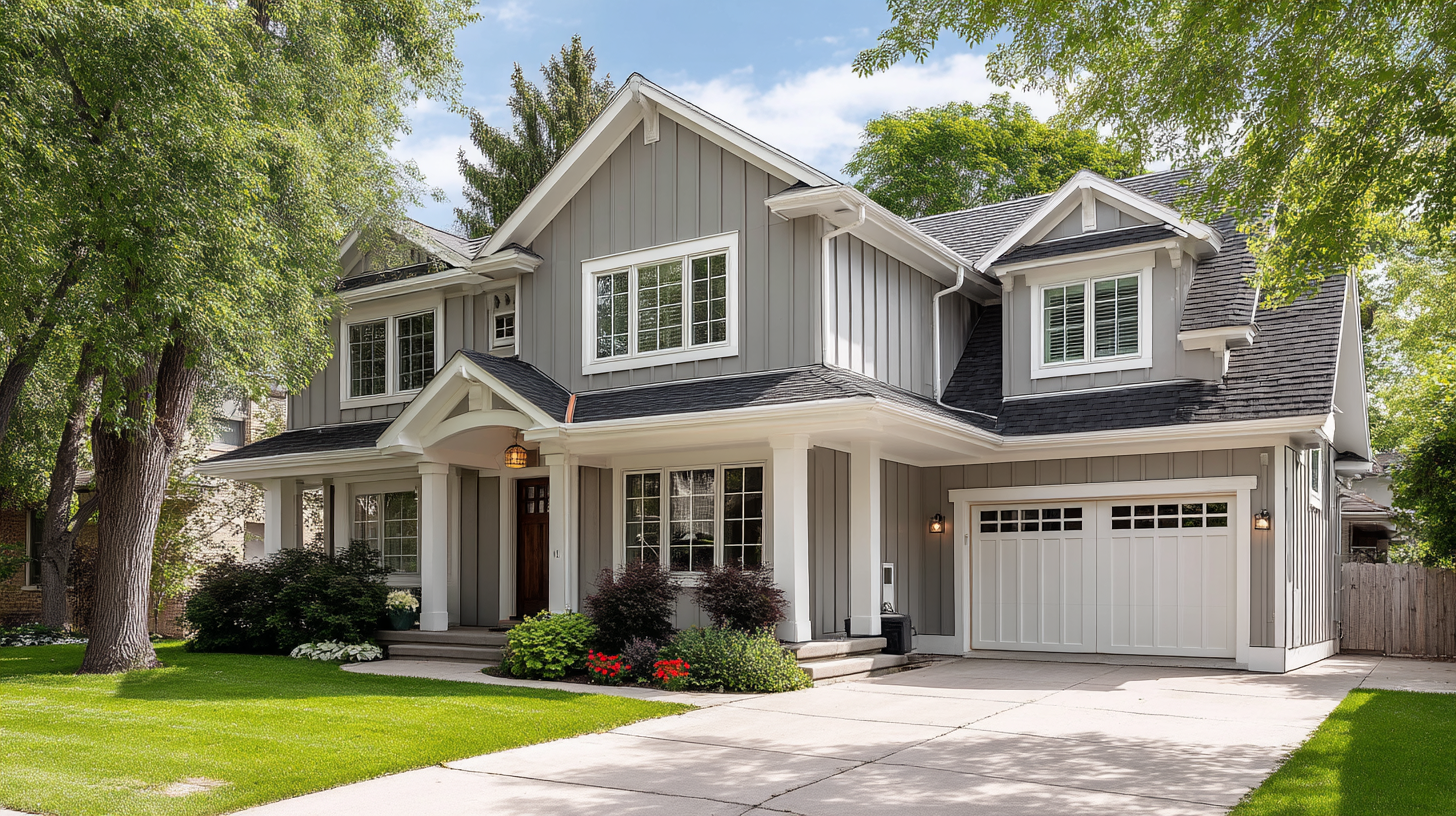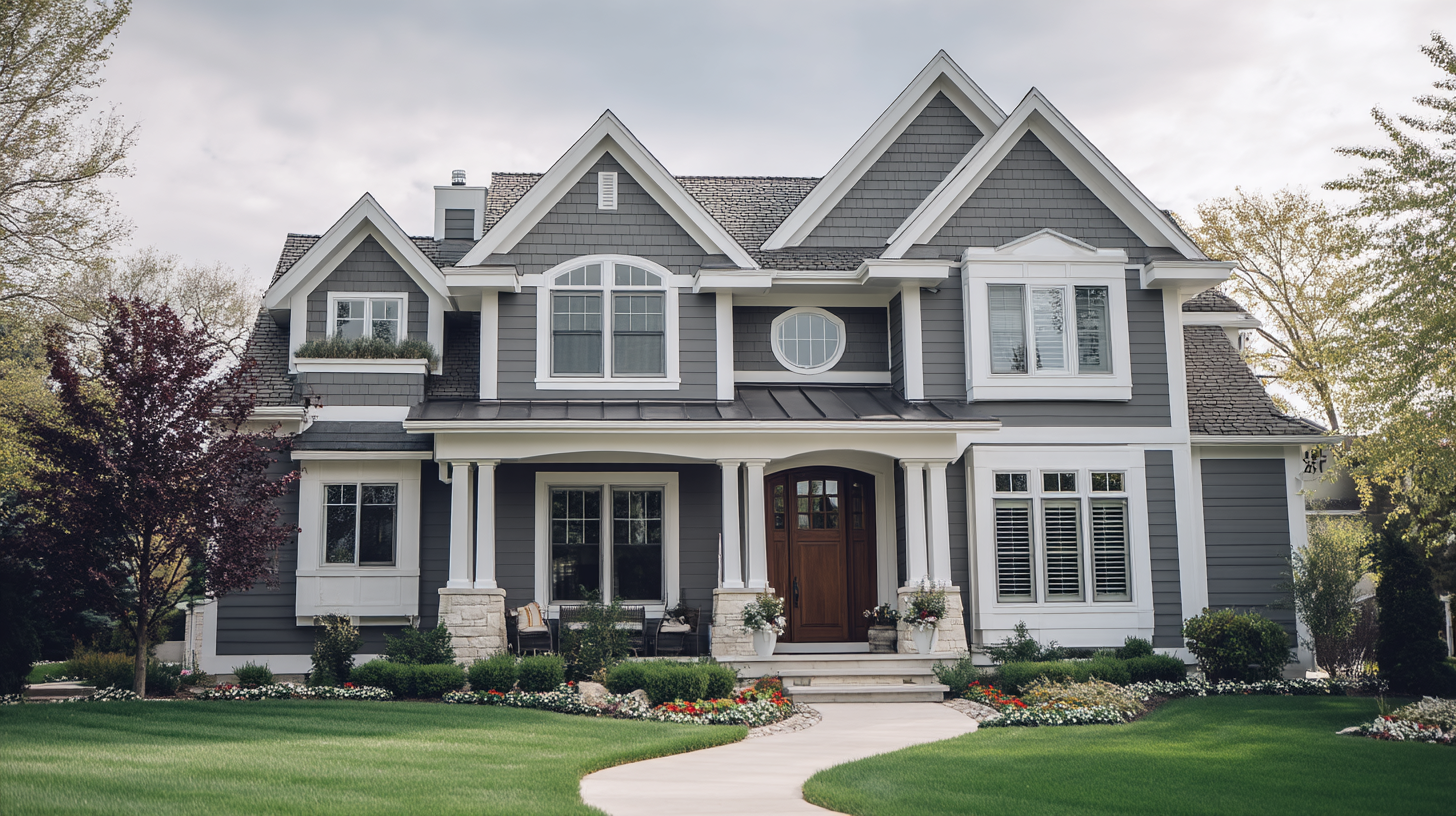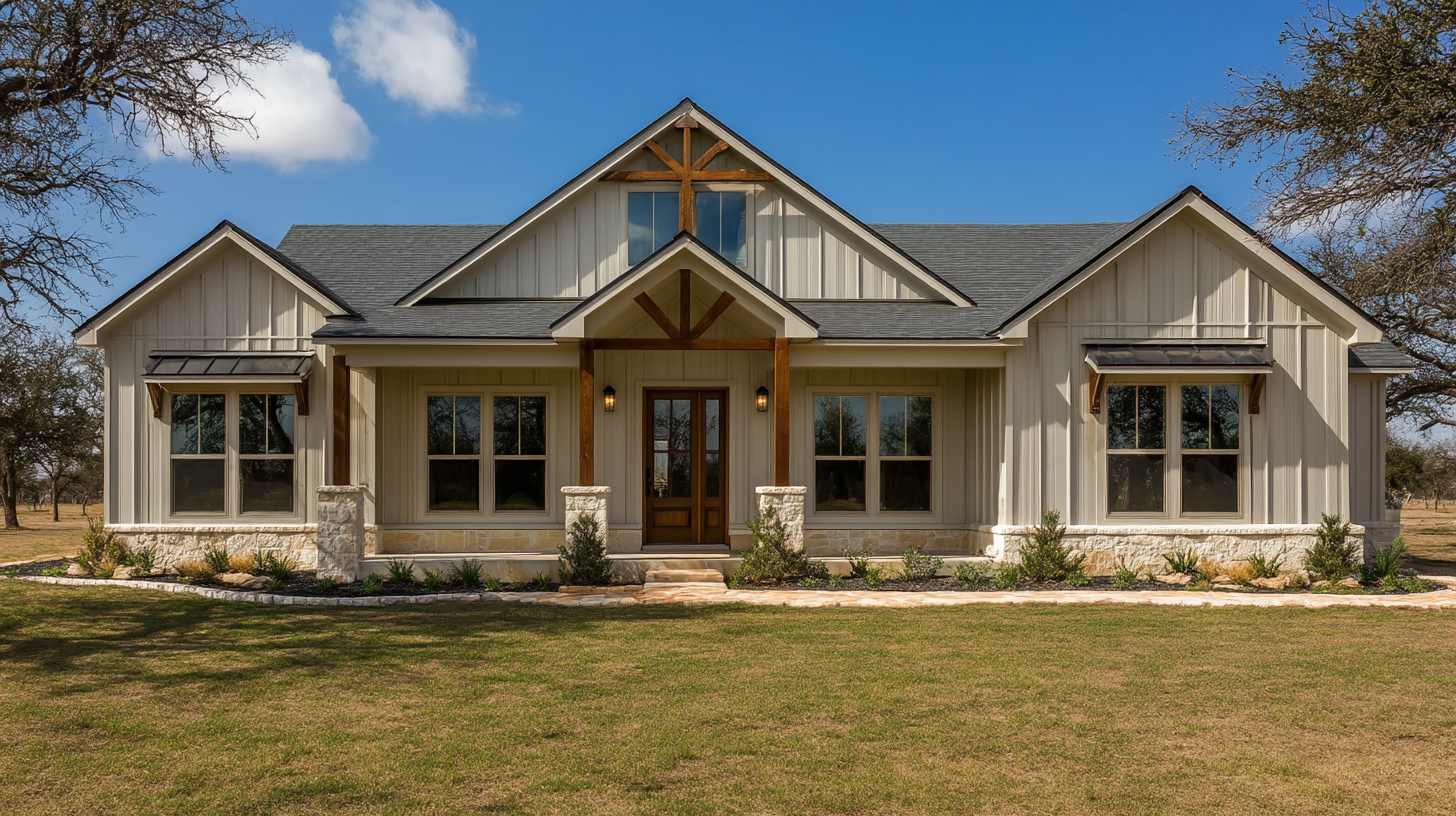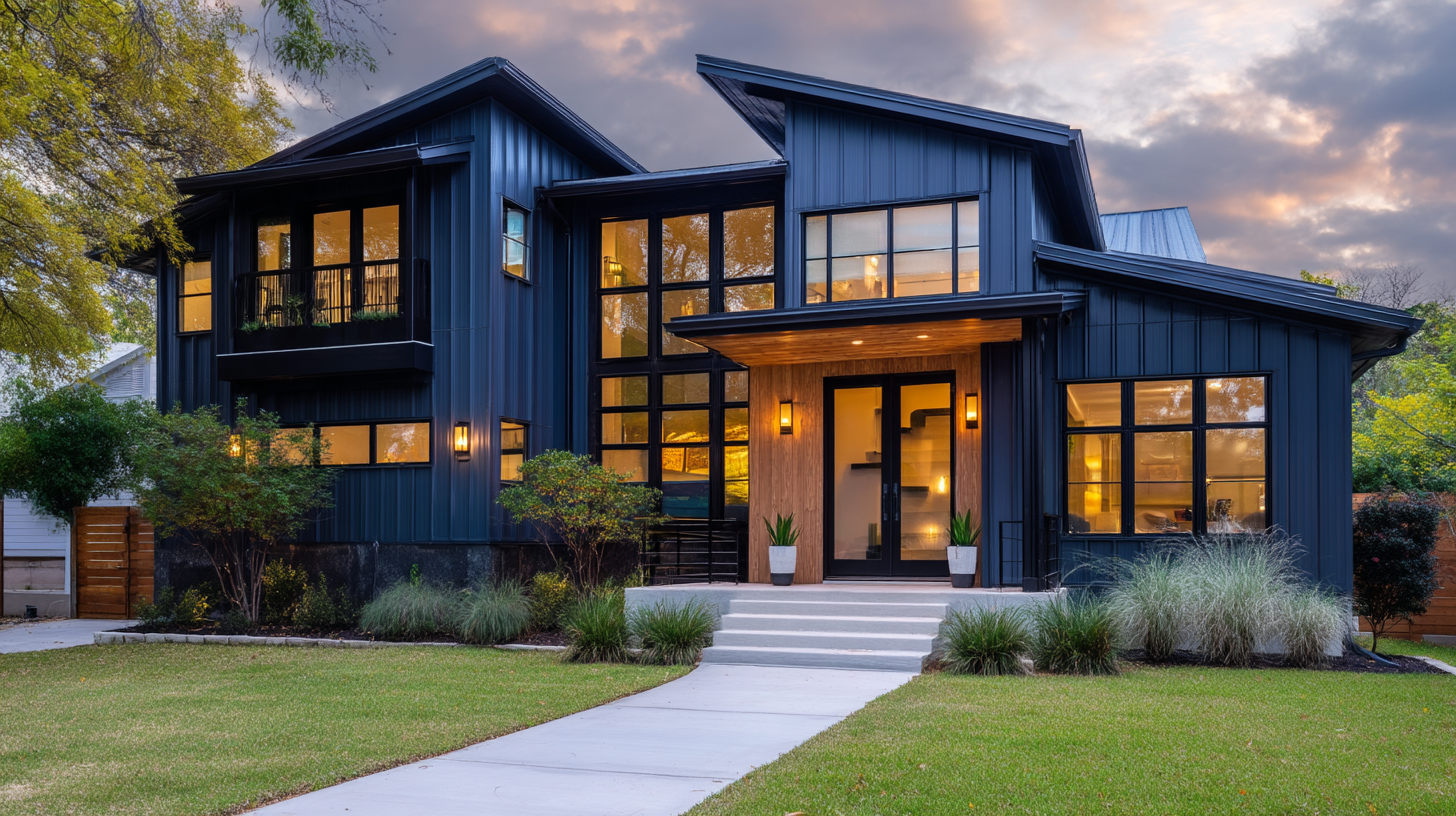How Much Is Vinyl Siding...
- Mon to Fri: 09:00 am to 07:00 pm

Aluminum siding is common on many homes, and when it starts to look faded or worn, owners often ask, “should you paint aluminum siding or replace it?” This question leads into a deeper discussion about aluminum siding’s suitability for repainting, the steps needed for a successful paint job, and how painted aluminum siding compares to alternatives such as vinyl siding. In this guide, we’ll walk through everything from preparing old aluminum siding for a new finish to knowing when it’s smarter to invest in new exterior siding altogether.
Yes, you absolutely can paint aluminum siding, but success depends heavily on proper preparation, choosing the right paint products, and matching expectations to the condition of your siding and your long‑term plans. When homeowners ask “should you paint aluminum siding,” the real question is whether the investment will pay off in durability, appearance, and maintenance.

Painting siding is often a more cost effective alternative compared to fully replacing aluminum siding. Especially for homes with old siding that remains structurally sound, applying a fresh coat of new paint can refresh curb appeal without the expense and disruption of full siding replacement.
However, if the underlying siding is damaged or failing, replacing aluminum siding or switching to other materials like fiber cement might deliver better long‑term value.
A fresh coat of paint on your home’s exterior siding can drastically improve how your home looks. Many older aluminum siding installations suffer from peeling paint, chalking, and faded color from exposure to harsh weather conditions. Giving the siding a new coat with modern paint colors and finishes, such as a matte finish, breathes new life into the home’s appearance.
A well‑executed paint job protects aluminum from oxidation, moisture intrusion, and UV damage. That means a successful paint job can extend the usable life of your siding, delaying the need for full new siding. While painted aluminum siding won’t last forever, it can add years of long lasting protection when done properly.
Because painting preserves the existing siding rather than removing and discarding it, it avoids waste and reduces environmental impact. For homeowners weighing painting aluminum siding versus tearing off siding and installing new siding, the paint route can be the more sustainable choice.

One of the biggest challenges in painting aluminum siding is getting the paint finish to stick properly. Over time, aluminum siding can develop a powdery paint pigment (known as chalking) or accumulate dirt, oxidation, and grime, which interfere with adhesion. Without fully removing that residue through a thorough cleaning process including pressure washing or power wash, even high‑quality paint will fail.
Even when executed well, painted aluminum siding often demands regular maintenance. Over time, the finish may degrade, and peeling paint or edge failure can appear. Many homeowners find they need to repaint every 5 to 10 years, depending on exposure to extreme weather conditions, quality of the paint, and how well the original job was done.
Painting aluminum siding covers surface problems but won’t correct dents, warping, corrosion, or water damage behind the panels. If your siding is already compromised, the paint may only mask symptoms temporarily.
If you pick dark paint colors, the siding will absorb more heat, which causes expansion and contraction cycles. Over time, those cycles can stress the paint bond and contribute to failure. That’s why many professionals recommend lighter shades to reduce more heat absorption.
Because you’ll likely repaint multiple times over decades, the cumulative cost of paints, labor, and prep may approach or exceed the price you’d pay today for new siding materials like vinyl siding or fiber cement.

If you prefer a siding option with minimal upkeep after installation, materials like fiber cement or high‑grade vinyl siding may be better long‑term investments.
If you decide to move forward, here’s a detailed breakdown of painting aluminum siding the right way to maximize longevity and performance.
Once the siding is clean and dry, apply a bonding primer or self etching primer formulated for metal surfaces. The primer creates a strong adhesion layer between the bare aluminum and the paint. Be sure to cover all edges, seams, and bare areas.
For painted aluminum siding, always use acrylic exterior paint designed for metal or exterior use. Avoid oil‑based or generic paints that are not rated for metal surfaces. Apply multiple coats rather than one thick coat, allowing proper drying between coats, to achieve a durable and even finish. Use paint sprayers or quality rollers designed for siding jobs for speed and uniform coverage.
After your new coat of paint is applied, inspect for thin spots, runs, or missed areas. Touch up minor imperfections promptly. A final clean of drips and masking trim completes the job.

With good preparation, quality products, and favorable climate, a successful paint job on aluminum siding can last 5 to 10 years before signs of wear begin. The extended lifespan depends on exposure, maintenance, and the quality of the application.
Use a garden hose, mild soap, and soft scrub brush or sponge to gently wash the siding yearly or biannually. You may need occasional spot cleaning or touch-ups to maintain aesthetics and prevent deterioration. Keeping the siding free from mold, pollution, and debris extends the life of the paint.
Once you see chalking, fading, peeling, or edge breakdown, it’s time to plan for a new fresh coat of paint. Addressing small issues early helps avoid full repaint or replacement sooner than expected.
When comparing vinyl siding and aluminum siding, especially after painting, homeowners should consider long‑term performance, maintenance, and aesthetics.
In 2025, with labor and material costs relatively high and improved siding technologies available, painting aluminum siding is less of a default choice. It makes sense when the siding is in good shape and you seek a cost‑effective refresh. But for many homeowners, replacing aluminum siding with modern materials like vinyl or fiber cement is increasingly appealing for its weather resistant qualities, minimal maintenance, durability, and longer warranties.
Decide based on the siding’s condition, your budget, and how long you plan to stay in the home. If you want peace of mind and minimal upkeep, new siding may be the smarter investment over multiple repaint cycles.
Costs typically range from $1.50 to $4.00 per square foot, depending on condition, prep requirements, paint quality, and labor. A 2,000 ft² home might run $3,000 to $8,000 total.
Yes, but only after thorough cleaning, sanding, and use of a bonding or self‑etching primer to ensure adhesion.
Yes, if the surface wasn’t prepped properly, if the paint was too thick, or if low‑quality products were used. Even under ideal conditions, repainting will eventually be needed.
Yes, 100 % acrylic exterior paint rated for metal or exterior use is ideal. Avoid paints not labeled for metal surfaces.
Use multiple coats for best results rather than one thick coat. Some touch-ups may require small extra layer spots later.
DIY is possible if you have painting experience and time. But professional painters bring the tools, expertise, and consistency to reduce risk and extend paint life.
So, should you paint aluminum siding? The answer is: yes, in many cases it’s a worthwhile option, if your siding is in decent condition and you commit to the process. But it’s not a cure-all. A successful paint job demands proper prep, suitable products like acrylic exterior paint, and careful application techniques. If your siding is compromised or you prefer low maintenance living, replacing aluminum siding with modern materials like vinyl siding or fiber cement may offer better long-term value.
If you’re not sure which path fits your home best, let us help you assess the siding’s condition and your goals. At Pro Superior Construction, we offer free estimate services, expert advice, and quality craftsmanship. Whether you choose to paint or to replace, we’re here to guide you every step of the way.